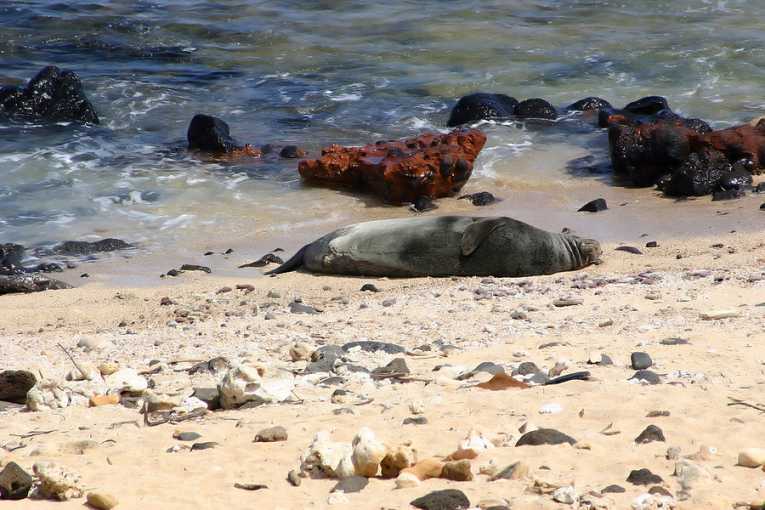The population of monk seals living in the marine conservation area around Hawaii's Papahanaumokuakea Marine National Monument is declining by up to 4% a year, leading to fears that the species could become extinct within 50 years.
The reduction in seal numbers has left researchers scratching their heads as, at the main Hawaiian islands, the seal population is doing well, even though the seals do not receive the same protection from fishing and commercial development.
The phenomenon has led conservationists to wonder if the reserve is having a detrimental effect of the monk seal population in the area. Conservation biologist, Les Kaufman, from Boston University said: "It's impossible to know if the reserve is actually causing or contributing to this effect, but it is deeply disturbing that it hasn't reversed it."
One suggestion is that the decline is due to an increase in shark predation. Fishing discards, which were banned in the area in 2006, could have led to an increase in shark numbers, which now see the monk seals as primary food source.
Other reasons could include a change in the food supply due to warmer waters or competition from large fish. Some experts suggest that it is still early days for the conservation area and the ecosystems there have yet to stabilise.
Part of the problem appears to be a low survival rate among pups, which has led conservationists to take the drastic step of relocating or "euthanising" aggressive male seals seen attacking pups. So far, however, results have been less than promising. Seal numbers continue to fall and the Maui News reports that further steps have been recommended to protect any further decline. These include relocating young seals to areas where survival rates are higher.
Unfortunately, as Leah Gerber of Arizona State University explains, conservation measures are known to affect habitats and the species that live there in ways we can't foresee: "Marine preservation areas may not be the solution in all situations."
The full report has been published in the journal Conservation Letters.










